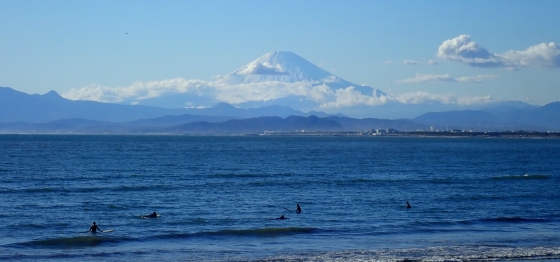Otari Rainfall & Precipitation: Monthly Averages and Year-Round Insights
This page shows the average amount of rainfall per month in Otari. The numbers are calculated over a 30-year period to provide a reliable average. Let's now guide you through the details for a complete overview.
Otari has a relatively rain/snowy climate with high precipitation levels, averaging 3012 mm of rain/snowfall annually.
Monthly Precipitation Levels
The average number of days each month with precipitation (> 0.2 mm)
July, the wettest month, has a maximum daytime temperature of 26°C. The city receives 135 hours of sunshine in this period. During the driest month April you can expect a temperature of 12°C. For more detailed insights into the city’s temperatures, visit our Otari Temperature page.
Annual Precipitation in Japan
The map below shows the annual precipitation across Japan. You can also select the different months in case you are interested in a specific month.
 heavy rainfall
heavy rainfall
 high
high
 moderate
moderate
 low
low
 almost none
almost none
Amsterdam Precipitation Compared World Wide
Otari’s average annual precipitation is 3012 mm. Let’s compare this to some popular worldwide tourist destinations:Athens, Greece, receives an average annual precipitation of 400 mm, making it one of the drier Mediterranean climates with rainfall mostly in winter.
In Shanghai, China, the annual average precipitation is 1347 mm, with a humid subtropical climate.
Adelaide, Australia, enjoys 511 mm of annual precipitation, with dry summers and wet winters.
Singapore, situated near the equator, gets 2581 mm of rainfall annually, with no distinct dry season and consistent monthly precipitation.
How is Precipitation Measured?
Precipitation amounts are measured using specific gauges installed at weather stations, collecting both rain and snow and any other type of precipitation. Rainfall is measured directly in millimeters, while that from snow and ice is obtained by melting it. Automated systems often incorporate heaters to make this easier.
Information from these stations is transmitted via Wi-Fi, satellite, GPS, or telephone connections to central monitoring networks. This information is immediately updated and integrated into weather models and forecasts.
Interesting weather facts
- "Ginger" was the longest-lasting Atlantic tropical storm, which spun around the open ocean for 28 days in 1971.
- The world's largest snowflake was recorded in the Guinness Book of Records, at 38 cm wide and 20 cm thick. The snowflake fell at Fort Keogh, Montana, USA, on 28 January 1887.
- The greatest snowfall recorded was on Mt. Rainier, Washington State, USA—over 31.5 meters fell during the winter of 1972.
For more detailed information about Otari’s weather, including sunshine hours, humidity levels, and temperature data, visit our Otari Climate page.
Current rainfall in Otari
almost clear and small chance of rain
overcast and snow
almost clear and no rain




